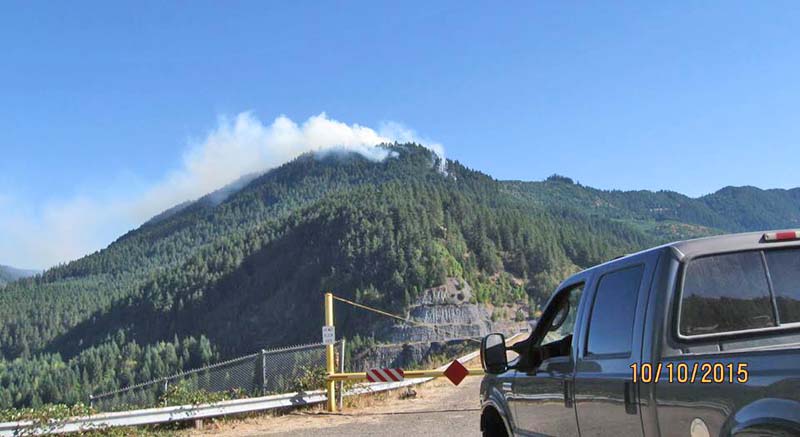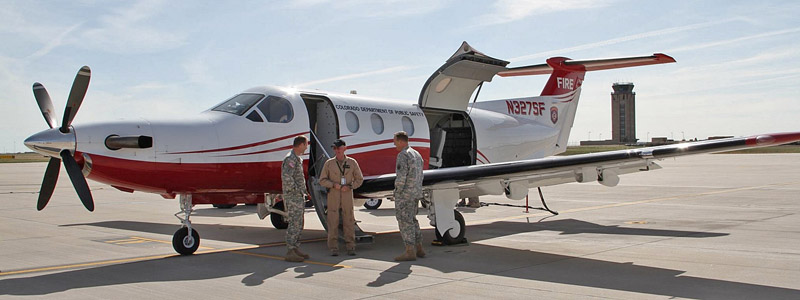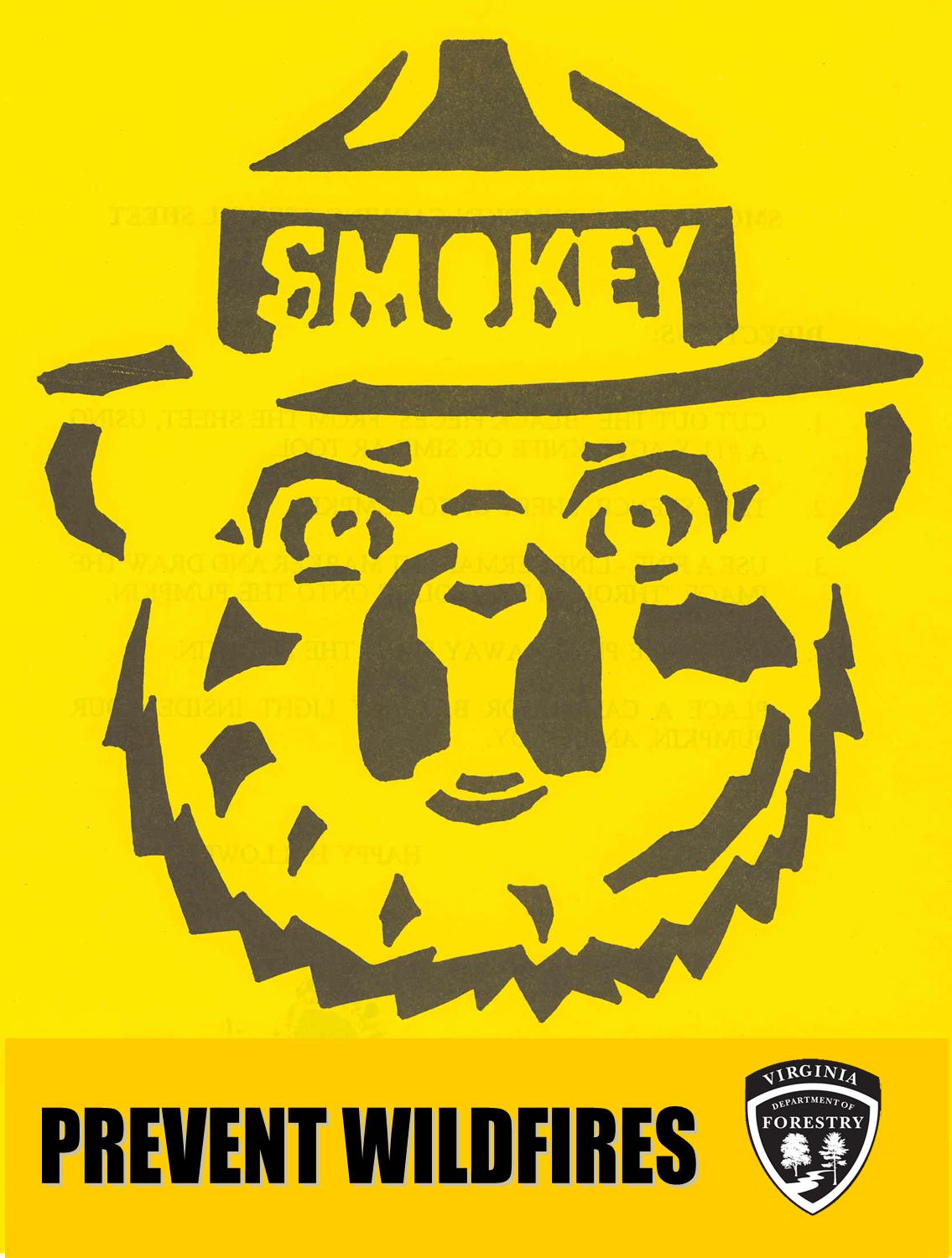 The U.S. Forest Service has released a report that addresses the effects of the rapidly increasing costs of suppressing wildfires. Below is an excerpt:
The U.S. Forest Service has released a report that addresses the effects of the rapidly increasing costs of suppressing wildfires. Below is an excerpt:
…This report documents the growth over the past 20 years of the portion of the Forest Service’s budget that is dedicated to fire, and the debilitating impact those rising costs are having on the recreation, restoration, planning, and other activities of the Forest Service.
In 1995, fire made up 16 percent of the Forest Service’s annual appropriated budget—this year, for the first time, more than 50 percent of the Forest Service’s annual budget will be dedicated to wildfire.
Along with this shift in resources, there has also been a corresponding shift in staff, with a 39 percent reduction in all non-fire personnel. Left unchecked, the share of the budget devoted to fire in 2025 could exceed 67 percent, equating to reductions of nearly $700 million from non-fire programs compared to today’s funding levels. That means that in just 10 years, two out of every three dollars the Forest Service gets from Congress as part of its appropriated budget will be spent on fire programs.
As more and more of the agency’s resources are spent each year to provide the firefighters, aircraft, and other assets necessary to protect lives, property, and natural resources from catastrophic wildfires, fewer and fewer funds and resources are available to support other agency work—including the very programs and restoration projects that reduce the fire threat.
The depletion of non-fire programs to pay for the ever-increasing costs of fire has real implications, not only for the Forest Service’s restoration work that would help prevent catastrophic fires, but also for the protection of watersheds and cultural resources, upkeep of programs and infrastructure that support thousands of recreation jobs and billions of dollars of economic growth in rural communities, and support for the range of multiple uses, benefits and ecosystem services, as well as research, technical assistance, and other programs that deliver value to the American public…
Legislation that would pay for wildfire suppression like other natural disasters are funded has been talked about in Washington for years but Congress has not been motivated to address the issue.


(The graphics are from the USFS report.)





